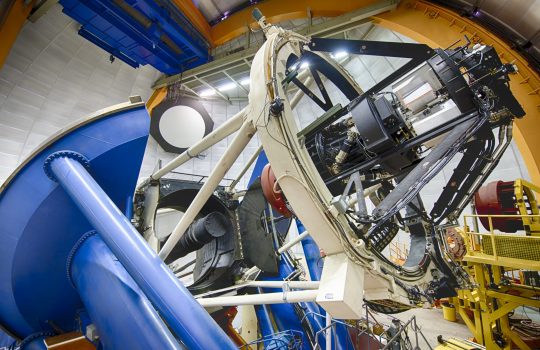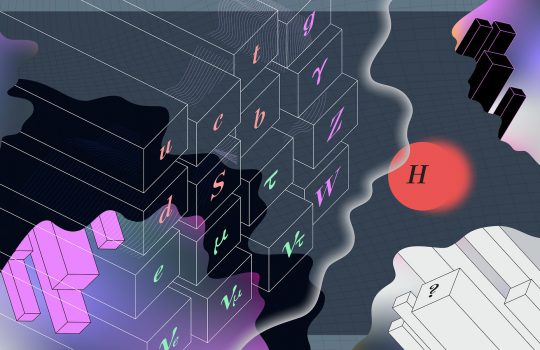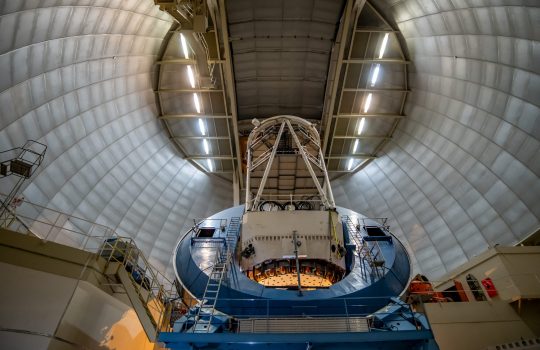Astrofísicos acumulan datos de más de 300 millones de galaxias en seis años
From estrella digital, Jan. 9, 2019: Los astrofísicos que han participado en el proyecto Dark Energy Survey han finalizado hoy la toma de datos para cartografiar con un detalle sin precedentes una octava parte del cielo, tras seis años de trabajos en los que han acumulado datos de más de 300 millones de galaxias lejanas.



